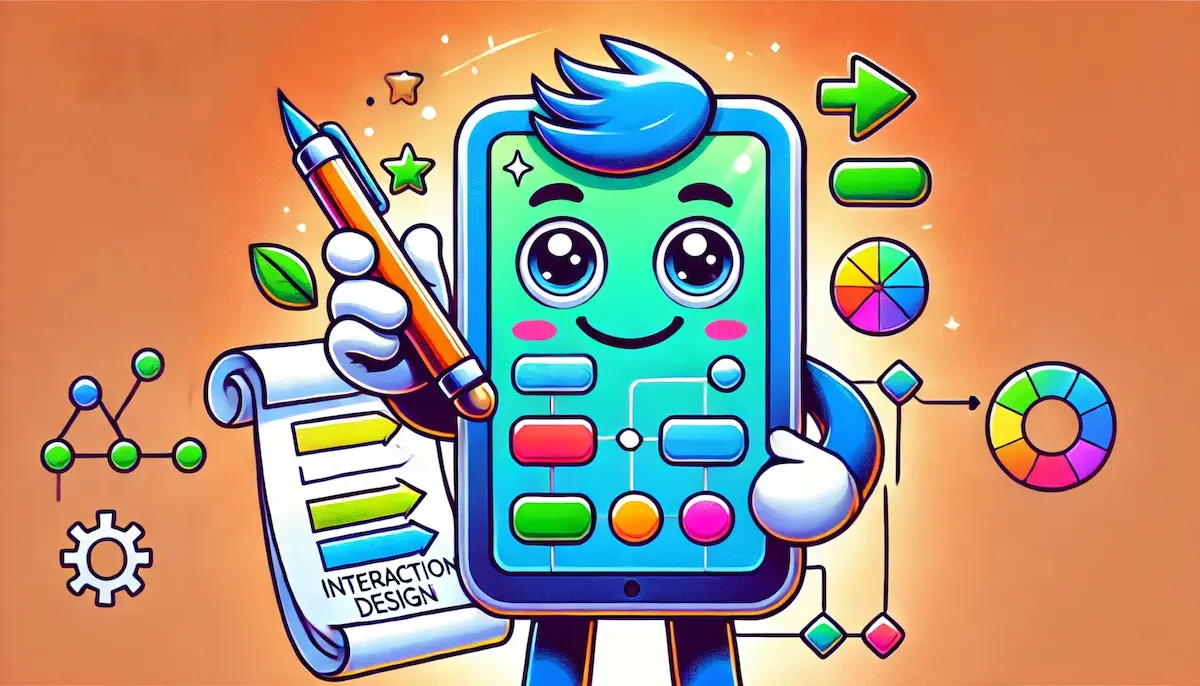Interaction design, often abbreviated as IxD, is a key discipline within the field of user experience (UX) design. It focuses on creating engaging interfaces with well-thought-out behaviors and actions. The primary goal of interaction design is to ensure that users can effectively and efficiently interact with a product, whether it’s a website, mobile app, or any other digital platform.
What is Interaction Design?
Interaction design is about designing the interactive aspects of a product. This includes everything from the buttons users click on, to the gestures they use on a touchscreen, to the way they receive feedback from the system. It is concerned with how these interactions feel and how they enable users to achieve their goals.
The Importance of Interaction Design
Good interaction design is crucial for several reasons:
- Enhances Usability: Thoughtfully designed interactions make a product easy to use, reducing the learning curve and helping users complete tasks more efficiently.
- Improves User Satisfaction: By providing intuitive and satisfying interactions, users are more likely to have a positive experience, leading to higher satisfaction and retention rates.
- Facilitates Accessibility: Effective interaction design takes into account diverse user needs, making products accessible to users with various abilities and preferences.
- Drives Engagement: Engaging interactions can make using a product more enjoyable, encouraging users to spend more time with it and explore its features.
- Aligns with User Expectations: Good interaction design aligns with users’ mental models and expectations, minimizing confusion and frustration.
Key Elements of Interaction Design
Several key elements are essential for effective interaction design:
- Design Patterns: Common solutions to recurring design problems that users are familiar with. Using established patterns helps users understand how to interact with the product.
- Feedback: Visual, auditory, or tactile responses provided to users to indicate that their actions have been recognized and processed. For example, a button changing color when clicked.
- Consistency: Ensuring that interactions behave the same way across different parts of the product, making it easier for users to predict outcomes and learn how to use new features.
- User Control: Giving users the ability to initiate and control interactions, such as undoing an action or customizing their experience.
- Simplicity: Keeping interactions simple and straightforward, avoiding unnecessary complexity that can confuse users.
The Role of an Interaction Designer
An interaction designer focuses on defining the structure and behavior of interactive systems. Their responsibilities include:
- Understanding User Needs: Conducting research to understand how users interact with similar products and what their needs and preferences are.
- Creating Wireframes and Prototypes: Designing low-fidelity and high-fidelity prototypes to visualize and test interactions before development.
- Defining Interaction Patterns: Establishing consistent interaction patterns and guidelines that align with user expectations.
- Collaborating with Developers: Working closely with developers to ensure that the designed interactions are implemented correctly and effectively.
- Conducting Usability Testing: Testing interactions with real users to gather feedback and make necessary adjustments.
Conclusion
Interaction design is a crucial aspect of creating digital products that are not only functional but also engaging and enjoyable to use. By focusing on the details of how users interact with a product, interaction designers play a key role in shaping the overall user experience.
Blockfine thanks you for reading and hopes you found this article helpful.
